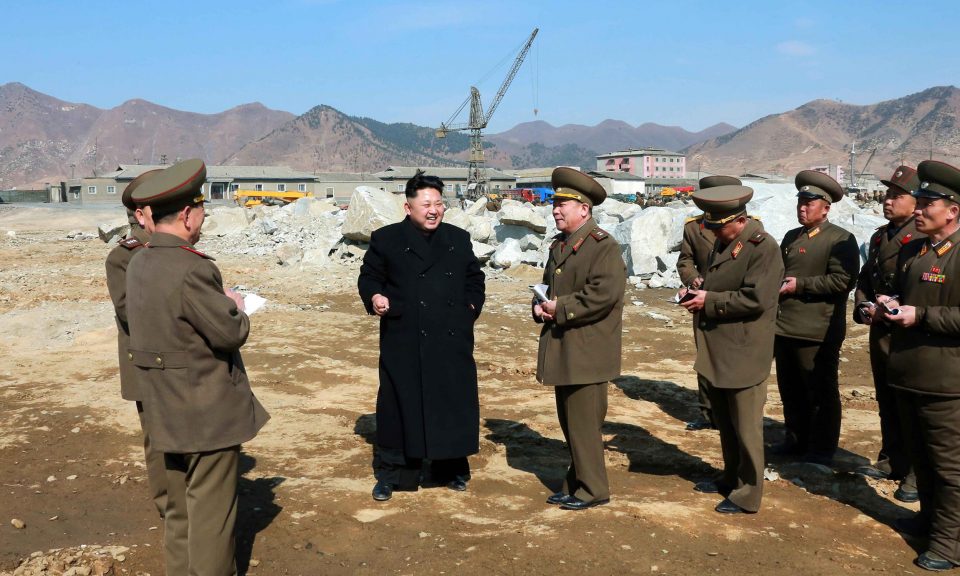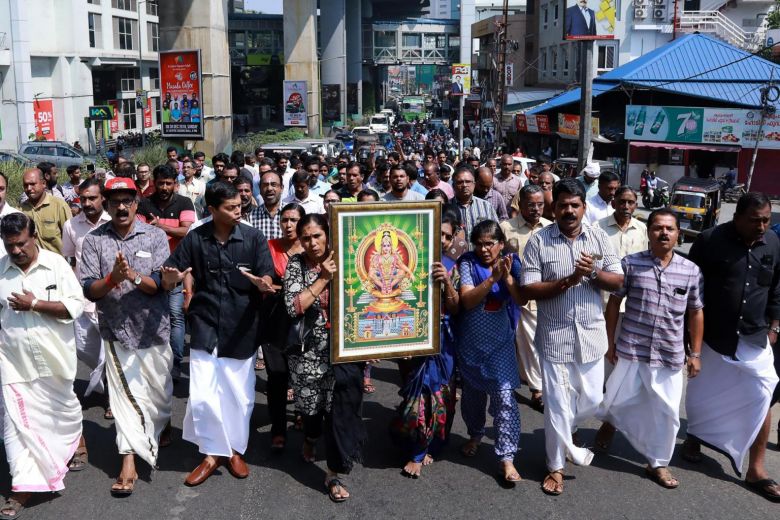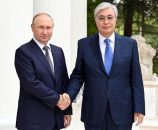- Seoul is keen to kick-start
economic engagement with the North, notably by upgrading infrastructure. However, there are major risks attached
Asia Times
ROBERT E. MCCOY

As 2019 dawns over the Korean Peninsula, the promises of denuclearization seen in 2018 may – or may not – come to fruition. In view of the complexities surrounding the current stalemate in negotiations between Washington and Pyongyang, any engagement beyond discussions at this time appears ill-advised. Seoul, however, has other ideas.
South Korean President Moon Jae-in has proposed several projects through which he hopes Seoul can engage North Korea. Chief among them are rebuilding Pyongyang’s decrepit rail and road systems.
Moon’s motivations would appear to be threefold. To begin, his parents were from North Korea, and Moon clearly has empathy for his Northern brethren.
Additionally, he wants a political legacy, one that no other South Korean leader has ever attempted to the degree that Moon has: creating irreversible and sustainable progress toward eventual unification with the North.
Reaching distant markets
Finally, he seeks to upgrade the South Korean economy by building trans-North Korean links to Eurasian markets for South Korean goods.
By connecting rail lines and highway systems from South Korea through the North, Seoul accelerates industrial exports to lucrative but distant markets in addition to creating conditions that are expected to improve the lives of everyday North Koreans.
A major obstacle to such projects is the existence of UN-imposed sanctions, along with others levied unilaterally by the United States.
Weakening sanctions at this time is imprudent since North Korea has made no substantial moves toward denuclearization. However, sanctions are not the only reason such projects are ill-advised.
Assume for the sake of discussion that sanctions are not a factor – that is, either they are removed or waivers are granted due to perceived progress in, or as a goodwill gesture for, the process of denuclearization.
Show me the money
Even in that situation, there are would remain sound arguments against these kinds of projects.
First, where does the funding come from? South Korea has budgeted US$794.1 million in fiscal year 2019 for inter-Korean projects. While that is a large sum, it is not nearly sufficient to accommodate all the projects that North Korea would need to bring all its infrastructure – the rail and road undertakings, plus electrical and water and sewage projects – into the 21st century.
Clearly, South Korea cannot take on such an enormous task alone.
So, does Moon expect the International Monetary Fund IMF) or the World Bank (WB) to front the money? From European investment banks to Egyptian telecom providers, few bodies have ever received full payment from Pyongyang.
Even Russia had to write off 90% of their Soviet-era loans to North Korea when it was realized there was little chance of recovering the money.
And who would supply the materials? Who would do the labor? Does Moon think Pyongyang will allow Seoul to waltz right in and start building using South Korean equipment, materials and workers? More likely, Kim is going to want as much North Korean involvement as possible.
If Moon were to require that South Korean laborers do at least some of the work, it would not sit well with North Korean citizens who would see the good paying jobs in their own country being taken by outsiders – the South Koreans. Most likely, North Korea would supply the workforce.
A taxing problem
That presents another problem. North Korean laborers are often not volunteers. Frequently shanghaied into government assignments, segments of the North’s workforce can be considered slave laborers. Human rights advocates would have a field day protesting such employment practices for enterprises sponsored by Seoul.
If Moon does allow North Korean workers, those laborers will have their wages “taxed” just like the North Koreans that were employed at the inter-Korean Kaesong Industrial Complex – perhaps as much as 80%. The Kim regime would take advantage of those workers to skim off funds.
Then, consider North Korean materials and workmanship. A number of buildings in Pyongyang and elsewhere in North Korea have collapsed due to shoddy construction and substandard materials. Is Moon or the IMF/WB willing to fund slipshod endeavors?
South Korea cannot come out a winner in this. To be sure, some – if not most – of the material would necessarily come from the South, and Seoul would likely ensure that South Korean industries benefit from such projects, helping the faltering South Korean economy.
However, North Korea would get modernized infrastructure for free – in addition to a great source of illegal revenue for Pyongyang’s elite. As for loans or grants, since when did Pyongyang ever pay off a debt?
South Korean taxpayers would incur a massive burden for the work intended to benefit their northern brethren. And Seoul would get a bad rap regardless. It is difficult to see how, under current conditions, any of this would be a good deal.




